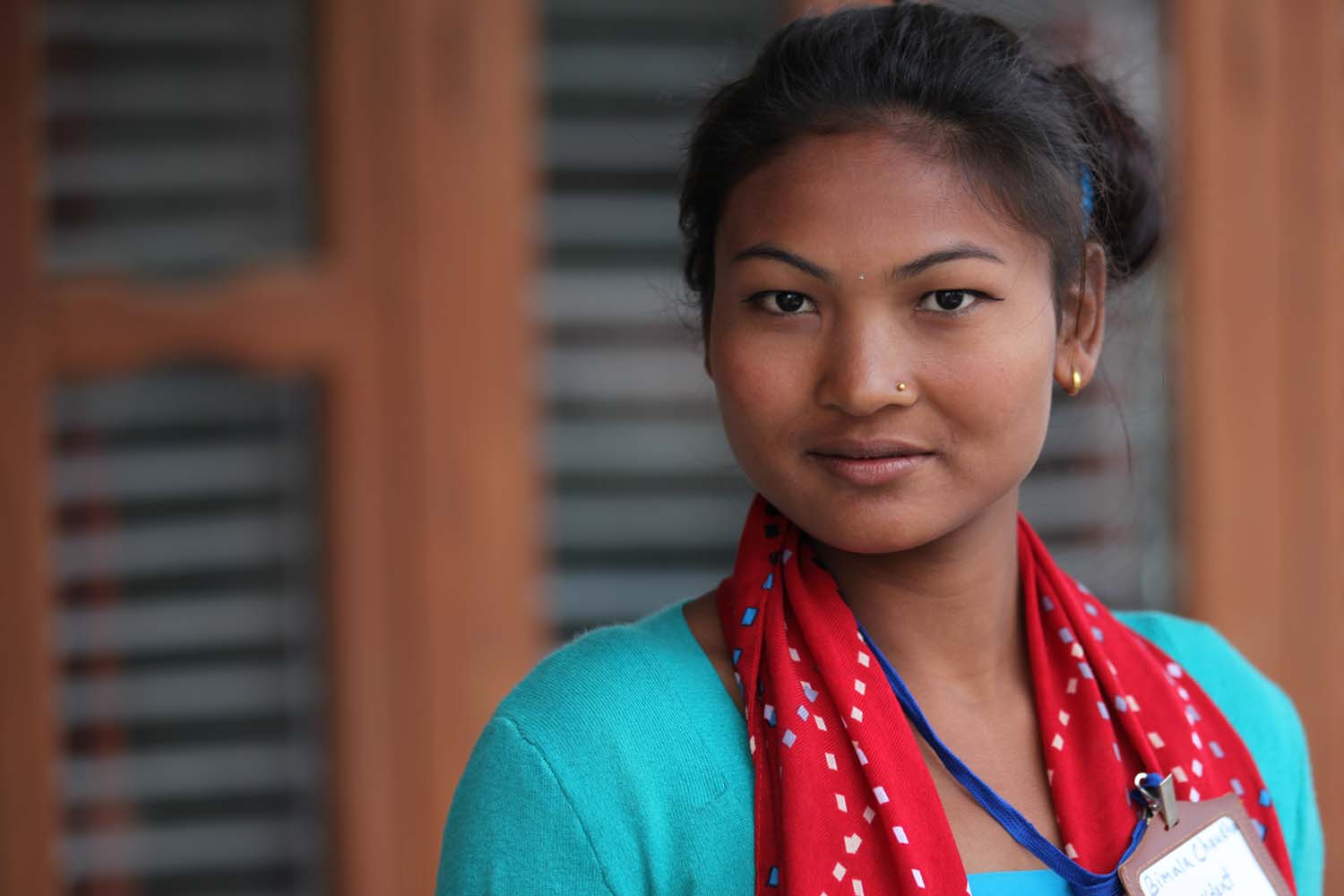Life out of the Cage


Her family had no land of their own. She had no choice but become a Kamalari because her parents were bonded slaves themselves. Born in Hapur – 2 Basantapur VDC of Dang district in western Nepal, Bimala Chaudhary spent her entire childhood in slavery. She had to leave her parents at the tender age of 10 and move to another landlord’s house to work on her own. Having lived as a Kamalari for three years in Kathmandu and another three years in the city of Butwal, she was eventually rescued and freed by Nepal Youth Foundation in 2009.
After her rescue, she was directly admitted to grade nine in school. So much was her desire to study that even during her time in Slavery, she had pleaded with the landlord to admit her in school. She was not allowed to attend school, except during the exams, during which her parents substituted for her absence at her owner’s house. But her schooling was cut short when her owners moved to Butwal and her parents could not afford to make frequent travels to free her up for the exams. Even her 40 dollars yearly salary was denied to her at Butwal. She was given scrapes to eat and rags to sleep on. She wasn’t even treated as a human being.
After her freedom, she worked hard in school. She also inculcated a desire to become a civil leader at school. She used to represent her class in her school and fellow Kamalaris during their protests and civil movements. Recognizing her potential, the Freed Kamalari Development Forum nominated her as their Central President in 2013. 20 year old Bimala is now leading over 12,000 freed Kamalaris across the districts of Dang, Banke, Bardiya, Kailali and Kanchanpur in the western Tarai. This is undoubtedly a big challenge for a young girl, but Bimala has shouldered the responsibility with remarkable ease and courage.
She says that she sees her current life as an opportunity for a second start. “I would have never had this opportunity to fight on behalf of the entire community of freed Kamalries had I not been rescued into this life of freedom,” she says, and adds, “I used to feel that I was living inside a cage. But my life has changed beyond my imagination.” She now commands respect in the society. Her parents are amazed at her success, but express sorrow at having had to let her become a Kamalari as a child.
Her older brother Pradeep had also worked in bonded labor as a Kamaiya. Her younger Chirbahadur is studying at Grade 12 at the moment. Her young brother was one grade behind her when they were living in the village. But as a result of her stay as a Kamalari, she is now behind her brother in school. When her father was a Kamaiya, their owner had allowed them to live in a small house on his land. But later they were forced out of the house when the Kamaiya System of bonded labor was abolished, and they had to then take refuge at the homes of other people. Eventually, they were able to save enough money to afford a small piece of land of their own.
Her father and brother are now working aboard and have made enough money to buy some more land in the village. Now they are able to afford to lease more land for farming too. Earlier, you had to send your daughter to become a Kamalari to secure a lease,” she reminisces, adding, “The times have changed. The compulsive environments that force people into slavery have begun to disappear.”